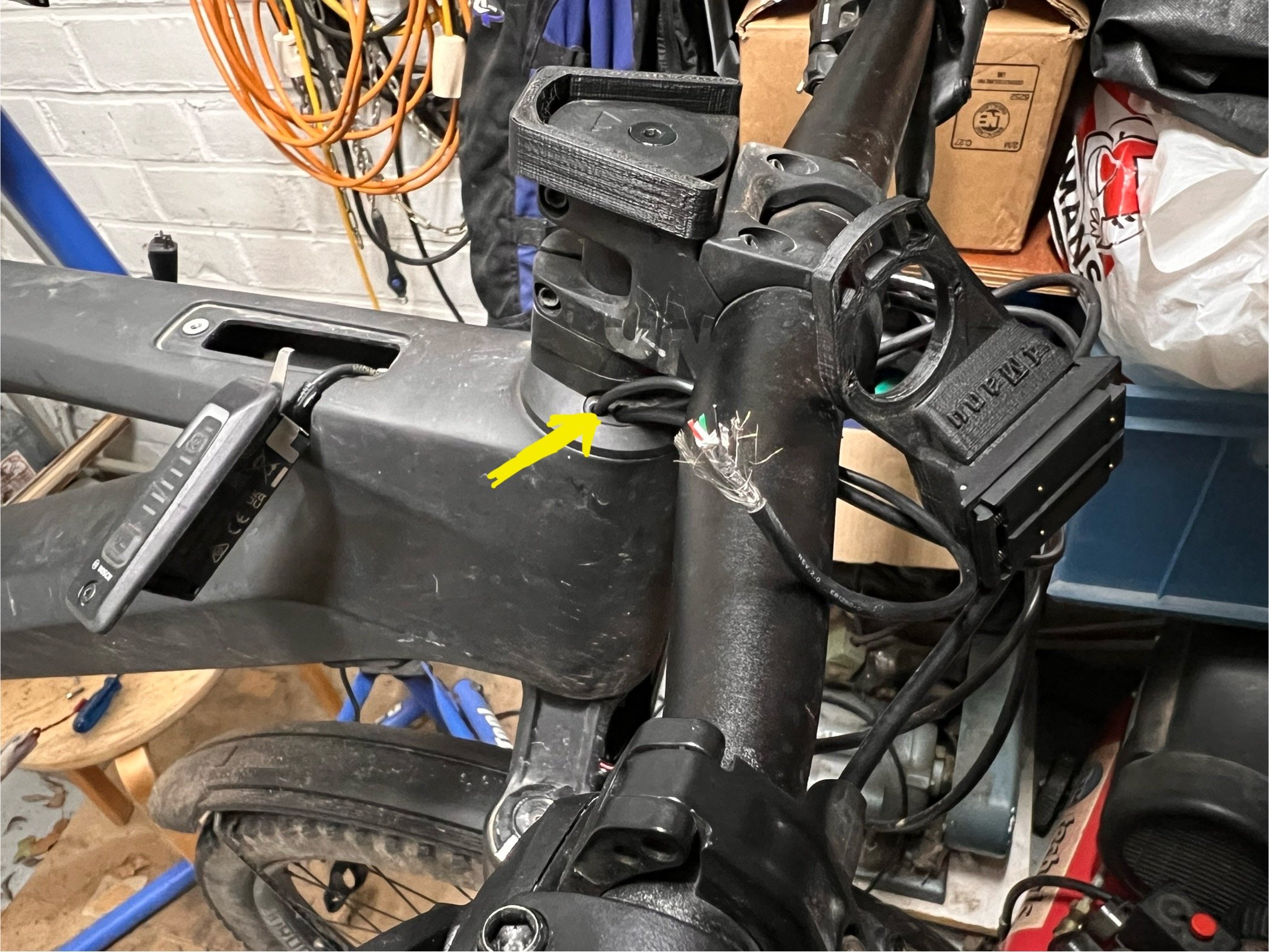- Thread starter
- #271
I understand you don’t want to give out all the details for good reason. But I am very curious how your V2 would work, keeping everything inside the motor area. Besides the screen wiring of course.
Will you be offering it without the screen option? Or I guess maybe it’ll be good to have the screen for at least set up mode, as I have no interest in having another screen on my bike.
Taking inspiration from Bosch, it'll just be a magnet on the rim with a sensor inside the motor area. Sound familiar?
Yes sure, the screen would be optional. My plan is just to attach the female socket to the device, allowing users to decide if they want the screen or not. Could even add the screen later if required, as there's no code change necessary, just plugs in.
The Bosch 2-wire wheel speed sensor is a hall sensor afaik - it uses a 2-wire hall sensor chip, similar to this one. (I've never taken one apart to check for certain which chip it uses, and they are potted, so it would be hard to see anyway). They are polarity sensitive (which a reed switch isn't) and are used commonly in automotive sensors (Bosch also makes a lot of those)
When I first encountered 2-wire hall sensors I thought they were black magic, but they are definitely a thing.
Ha! Yes that does look like magic! Thanks for pointing it out. So the third 'output' pin is joined direct to ground. Funny, in that spec sheet, it says the minimum magnet distance is 3cm. Funny, I would have expected a maximum of around that much, not minimum?
I'll do some research, as it'd be great just to snip off the reed and drop in something similar to this without the need to rewire the whole length.
Last edited:

